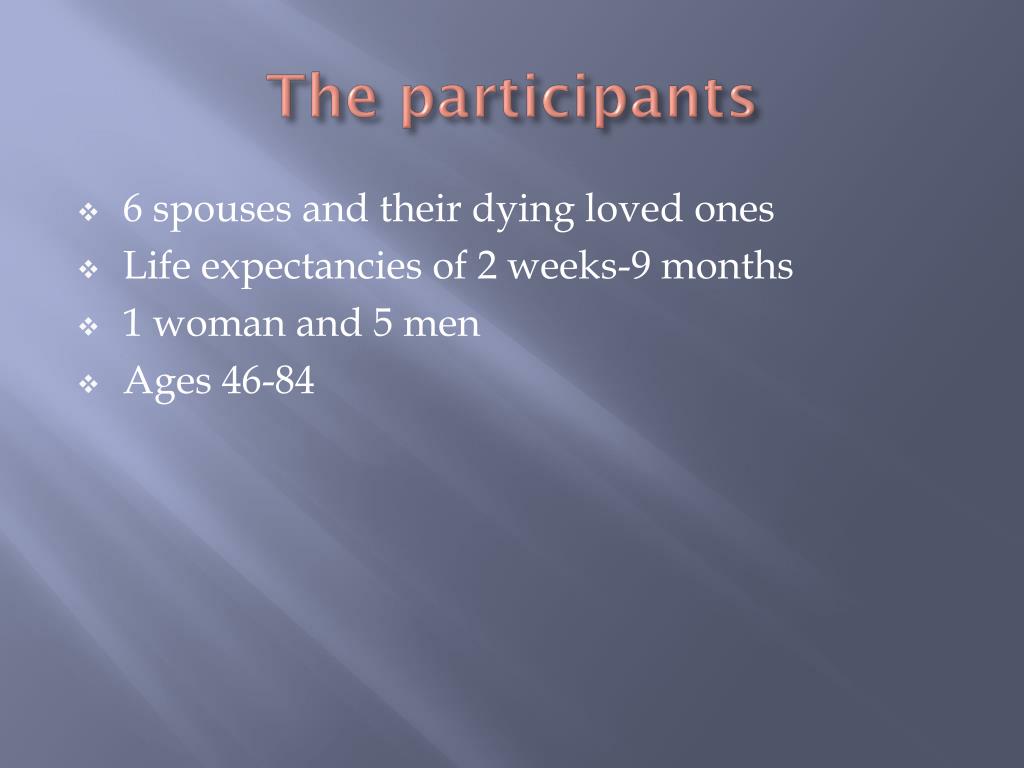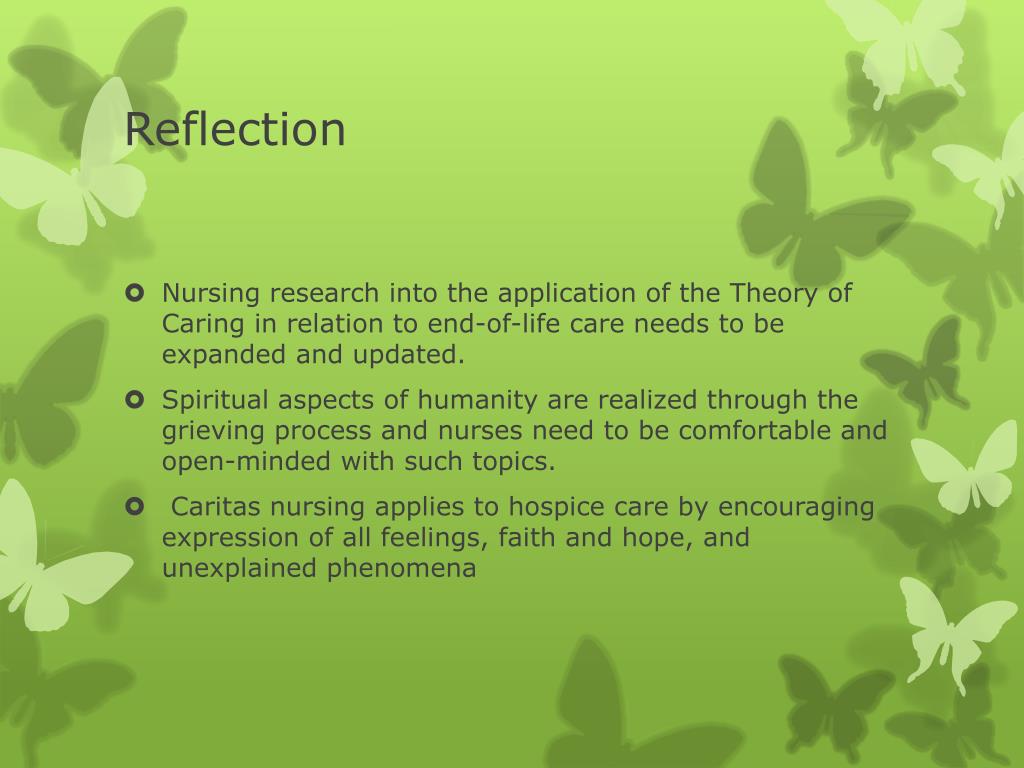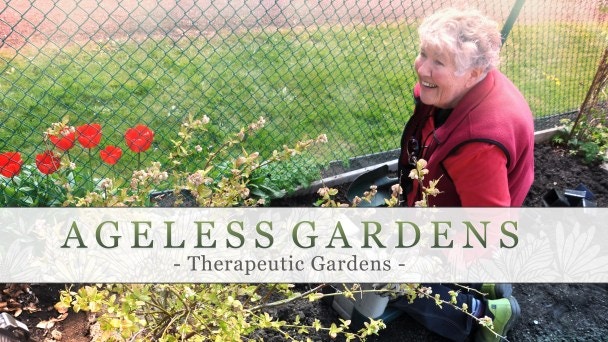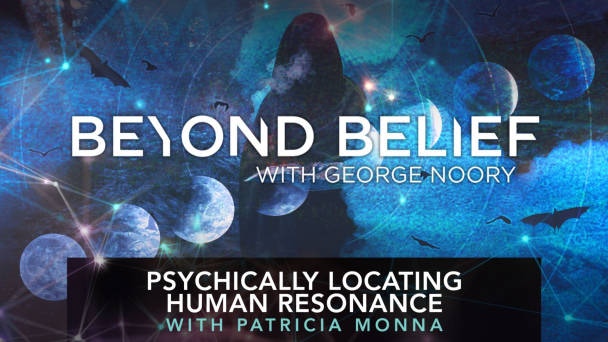

This paper provides a review of the literature on Near Death Experience (NDE). The need for additional data is discussed.
#Hospice nurse reveals the unexplained phenomena series
A series of paired samples t tests revealed significant pre- and post-training differences on 14 items, suggesting that volunteers felt more knowledgeable about EOLP, better prepared to deal with EOLP, and more comfortable talking about EOLP with others following the training. Twenty-four volunteers from two community-based hospice palliative care programs completed the 25-item Coping with Unusual End-of-Life Experiences Scale (CUEES) prior to and immediately after attending a lecture and PowerPoint training module. A pilot study was conducted to examine the effectiveness of a training module designed to improve volunteers’ ability to recognize, understand, and respond to unusual end-of-life phenomena (EOLP) in their work with dying patients and their families. The need for training to help healthcare professionals and hospice palliative care volunteers deal with unusual experiences at or around the end of a person’s life is an oft-repeated theme in the scientific literature. Copyright © 2017 by The Hospice and Palliative Nurses Association. This Delphi study was an attempt to identify a consensus on spiritual care including deathbed visions in end-of-life care among healthcare professionals. However, they tend to not make conclusions about how death visions should be classified. The research found that healthcare professionals who are experts in end-of-life care tend to remain at the end-of-life care setting while acknowledging human spirituality as part of a peaceful death. In this Delphi evaluation, the health professionals' perceptions of the deathbed visions experienced by patients were identified, as well as how these phenomena should be integrated into spiritual care. A purposive sample of nurses (n = 18) and doctors (n = 13) was invited from across hospitals and nursing homes to participate in this study. A 2-round Delphi method was used to gain a reliable consensus on deathbed visions from experts in end-of-life care. Research on end-of-life experiences suggests that deathbed visions are not uncommon, but many doctors and nurses find this a difficult subject to approach. Adequate preparation for death can help reduce patients' fears. The final hours before death can be the most significant time for the dying. We propose strategies and approaches for strengthening compassionate clinical practice in this area. Disclosure of DBP may enable health professionals to discuss more spiritual and existential concerns, which have the potential to offer hope, meaning and connection. Rather than simply dismissing DBP as medication related or the physiological effects of dying, the significance of these events and the comfort afforded by them to patients and carers should be recognised. Health professionals were not surprised to hear of a DBP, but were not always well prepared to respond appropriately. Experiencing a DBP was, in most cases, deeply meaningful, bringing comfort, peace and reassurance. Phenomena were timed most often in the last hours or days before death. Distinguishing between DBP and hallucinations was discussed, requiring very different clinical responses. Reported prevalence of DBP ranged from 24-51% with common themes described. In total, eight papers met the inclusion criteria.


Eligibility criteria were established, a review process was employed and a narrative synthesis approach was used to interpret the data.

The authors searched for relevant studies which reported on DBP within a palliative care context. The aim of this study was to systematically review the literature on deathbed phenomena (DBP), and provide suggestions for a clinical response to dying patients' recounts of these hard-to-explain phenomena. Reports from patients on seeing or hearing a dead relative or dreaming a highly significant dream at the end of life can be perplexing for health professionals who may wonder how best to respond.


 0 kommentar(er)
0 kommentar(er)
